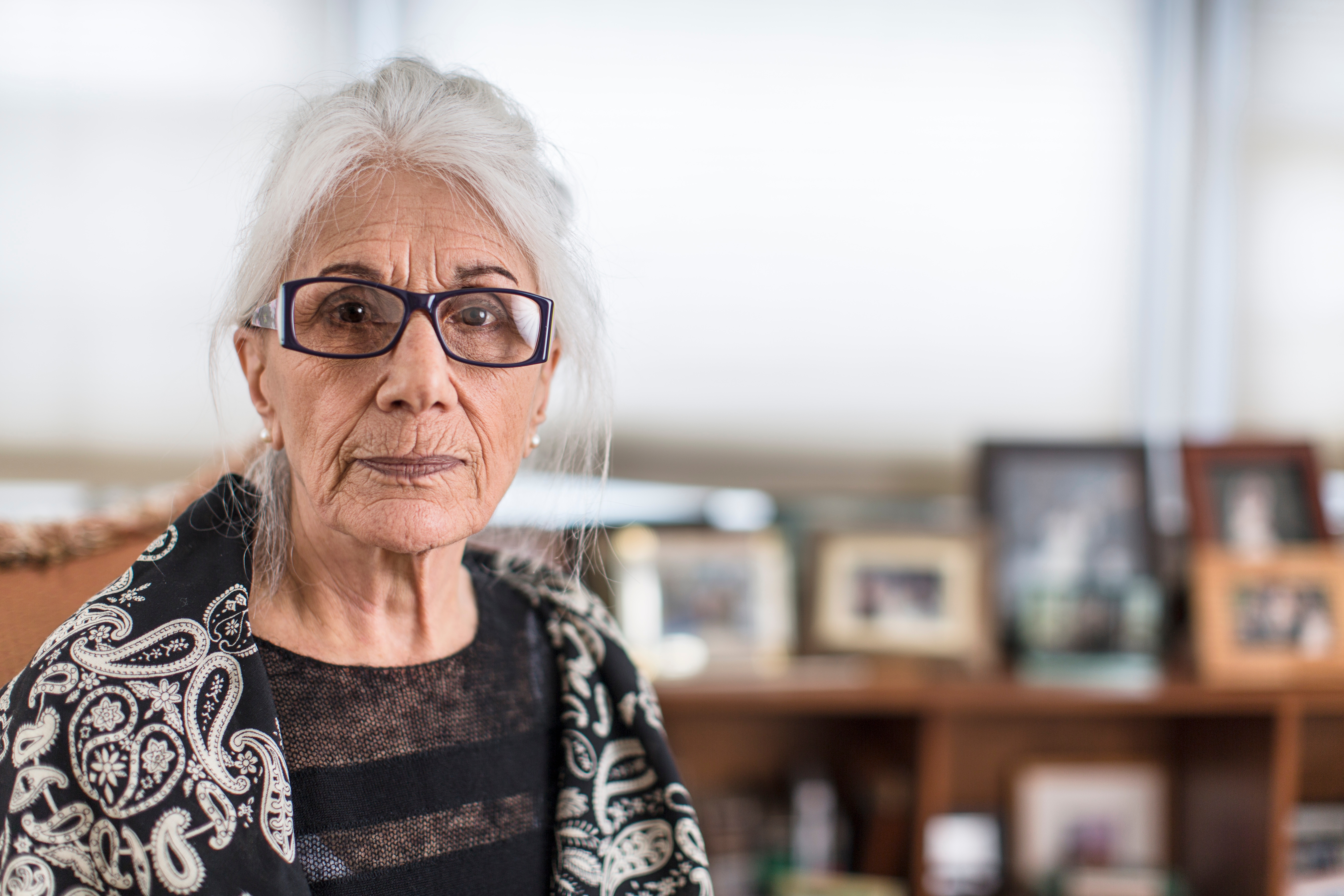AARP Eye Center
In downtown Austin, a hopeful message can be seen on a movie theater marquee. It reads: “IN ORDER FOR US TO BE ALL TOGETHER, FOR NOW WE MUST REMAIN APART.”
By now, you’ve gotten the message: Voluntary social distancing is key to mitigating the spread of COVID-19. And for most of us, lying low for a while should be a small sacrifice to make for the greater good of everyone. Still, separating ourselves from one another is not without its challenges. And it’s useful to remember that chronic social isolation, particularly among older adults, can be unhealthy.

This week, we spoke with Amanda Fredriksen, an associate state director for advocacy and outreach at AARP Texas, about the issue of social isolation. We heard from her some thoughtful advice about how we can all find ways to combat the boredom, and why she and other advocates for older persons have long been concerned about social isolation.
Why is it important to combat social isolation?
“Being socially isolated can be unhealthy,” said Fredriksen. “We know that people who are socially isolated, particularly older adults, have a significant risk of early death, as well as dementia and heart disease.”
In fact, Fredriksen notes that that there are academic studies on the subject of socially isolated adults. They include studies like this one.
What’s more, AARP reports have stated that social isolation significantly increases the risk of death among older adults. In fact, one study has likened the detrimental health effects of isolation to those associated with smoking up to 15 cigarettes every day.

Social isolation is more common among older folks for a number of reasons, Fredriksen says. For one, they are more likely to live alone. They may have experienced the loss of a spouse or friend, and they are more likely to have chronic health issues that limit mobility to inside their house.
Combating isolation is essential during this time, but being physically surrounded by others isn’t necessarily the only answer. Here are some ways that Fredriksen says can help everyone contend with isolation in their own homes.
1. Make use of what you have
We live in a world interconnected by technology. “Making use of video technology with smart phones and computers is a great way to connect with family and friends,” said Fredriksen. There are also other ways to stay busy online. Fredriksen reminds us that many websites offer free subscriptions to watch movies, or you can rent a book online. If you feel comfortable using the Internet, digital applications like social media, or video phone calls with friends and loved ones may help.
2. Pick up the phone and call a friend
For those who don’t have internet access, a phone call can be an alternative to using social media. “Everybody seems to have a little more time right now. So why not take the time to connect with some folks you haven’t had a chance to talk to lately?” Fredriksen encourages others to not feel shy about reaching out to people that you don’t get to talk to on a regular basis.
3. Get up and move!
Social isolation doesn’t mean you can’t continue to be active. However, a lot depends on where you live and how vulnerable you are. “If you can safely get out and stretch your legs, walk to the mailbox, walk in your neighborhood… that’s good,” she said. “But for some people, that may just mean taking a walk around your yard.” said Fredriksen. Just don’t forget to keep a six-foot (or more) distance between you and others.
4. Find your creative outlet
Fredriksen also suggests that you should find what nurtures your inner creativity and incorporate that into your daily routine. Whether you are passionate about adult coloring books, learning a new skill by watching online videos, completing jigsaw puzzles or writing a letter, take this time to focus on what best cultivates your creative expression.
5. Keep tabs on your mental health
Social isolation can cause people to withdraw and become disconnected from family, friends and community. In 2018, this particular public health epidemic affected more than 8 million age 50-plus adults. Fredriksen recommends that those who are experiencing symptoms of isolation to “talk to their doctor, to their healthcare professional, to a counselor.” And the good news is that for many people in some places, they can have those conversations remotely via telehealth services.
If you’re self-monitoring yourself or a loved one, it is important to spot symptoms of social isolation in ourselves and others and to take steps to combat it early, because it can become a serious hazard not only to mental health but physical health, too.
Signs that a person might be isolated:
· Deep boredom, general lack of interest and withdrawal
· Losing interest in personal hygiene
· Poor eating and nutrition
· Significant disrepair, clutter and hoarding in the home
Fredriksen, who leads AARP Texas’ advocacy work in the area of long-term care services and supports, also offers advice for caregivers who are looking after those who may be socially isolated.
“It’s important for caregivers to remember that as they may be taking a little bit more risk in support of helping their loved ones,” she said. “They need to be careful about their own health and be careful that they’re not exposing their loved ones to potential health risks.” It can be difficult to remember to care for yourself. But it in the long run, it can save a life.























































